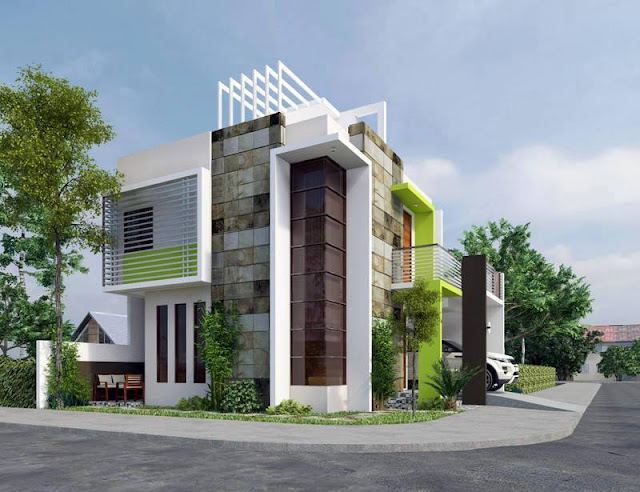What You Should Look For In A House Design Idea?
- Lifestyle Compatibility
Your house design should reflect your lifestyle and accommodate your needs. Consider your family size, hobbies, and daily routines. Are you an entertainer who needs ample space for guests? Or perhaps a home office is essential for remote work? Ensure the design aligns with how you live your life.
Personalized House Design. You can consider a personalized housed design to create identity, character, ownership, and uniqueness. Depends on the budget and personality of the client.
The Design Process
Schematic Design Phase. Every valuable thing is given much time and attention. The process begins at the stage where the client shares his vision and design ideas with the architect. The house design is then developed into a schematic design, where a sketch is done as shown in the figure below. An artist's impression of the personalized house design gives an overall visual presentation of what the architect intends and interprets in defining a personalized house design.
In this example, as part of the attempt to define and visualize a personalized house design, the concept was done with the initials of the name of the owner which is LRD. The most obvious translation of the design proposal in this house design idea is the exterior design which is dictated by the shape of the plan. We can explore the plan later to see how lifestyle compatibility is applied in this example.
The important phenomenon in this aspect of generating a design idea, every architect may give different impressions on how they will perceive a personalized house design idea. This is just one of the phenomena in the conception of a personalized house design idea.
Design Development Phase. Upon developing the idea to a more detailed and accurate drawing in preparation for the Contract Documents ready for construction, the design development stage is an outcome of the schematic drawings. This will then lead to further creating the design in such a way that plans are prepared for making the design into reality.
The plan matched the exterior design from the previous sketch and adjusted it according to the space requirements without changing the exterior design to achieve the original idea from the sketch. A wireframe of the design modeled in SketchUp is part of the process of the design development.
The 3d model. As I walk you through the process from the previous articles published, this time we are now getting deeper into the final design concept by creating the 3d model. The actual plan layout is done in connection with this exterior design. The basic standards are applied in terms of distributing the space requirements with the proper size requirements of each interior space. Then the height of the house is determined as per building code requirements for two-storey, three-storey residences.
The House design includes the plan layout done by the architect, considering all aspects of the design for the construction of the house shortly.








.png)


























